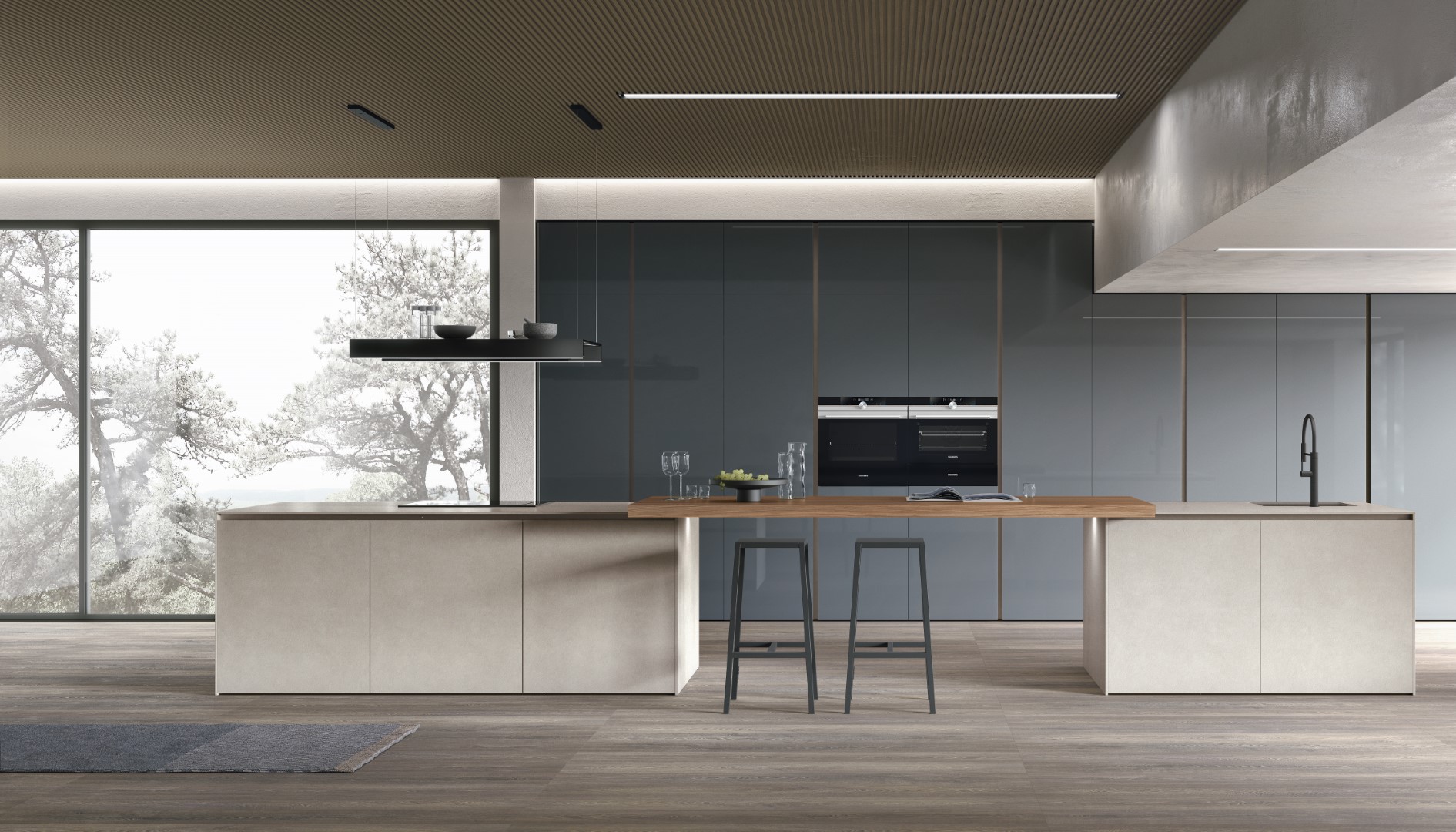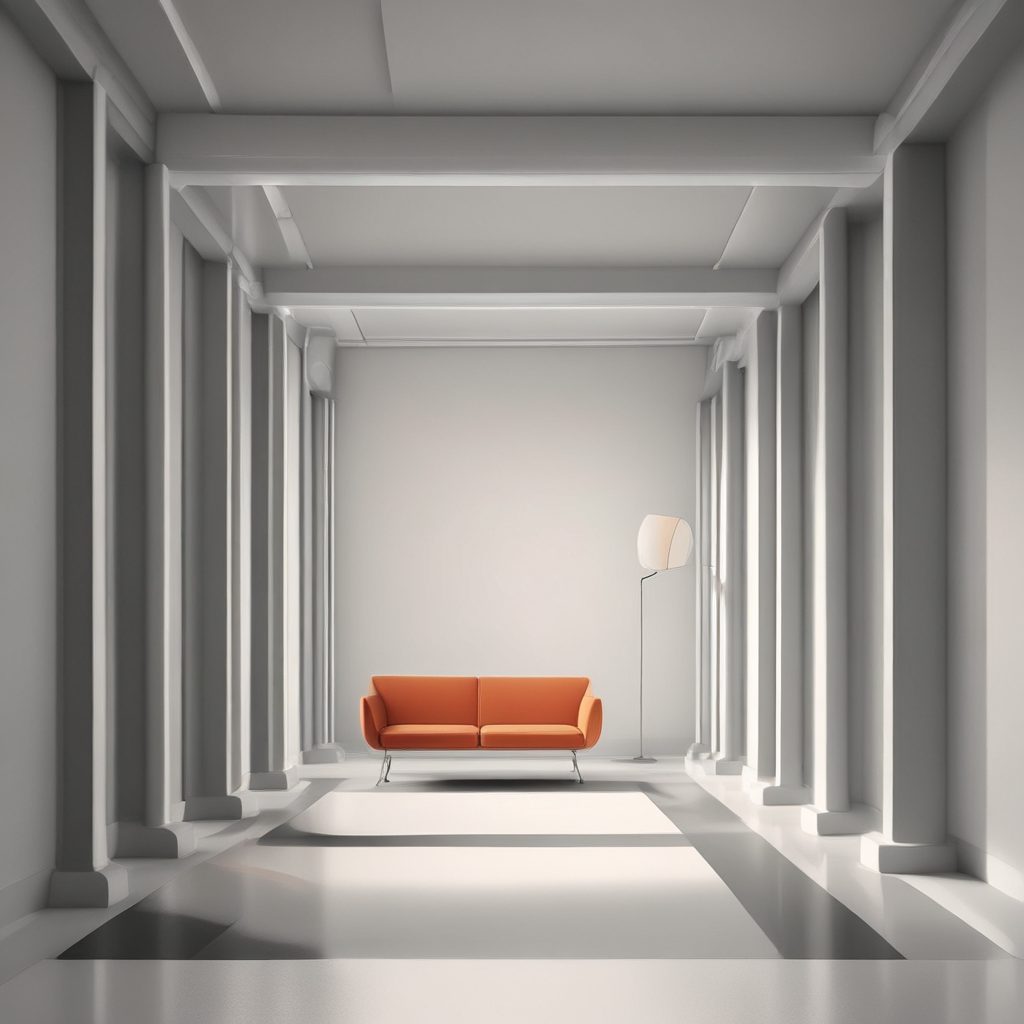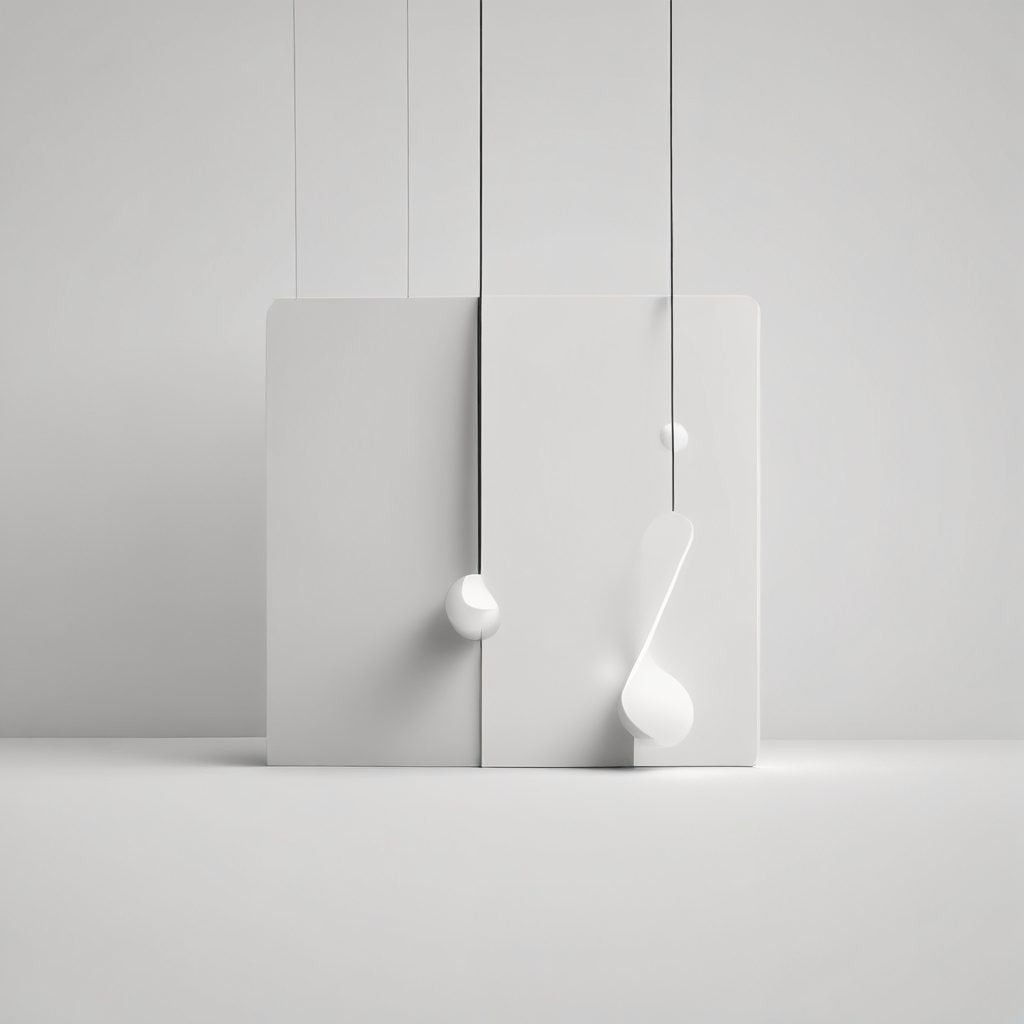
The Role of Cabinet Depth in Kitchen Functionality
The kitchen is often considered the heart of the home, a place where functionality and aesthetics must coexist harmoniously. One of the critical elements that contribute to a kitchen’s functionality is the depth of its cabinets. While often overlooked, cabinet depth plays a significant role in determining how efficiently a kitchen operates. This article explores the various aspects of cabinet depth and its impact on kitchen functionality, providing insights and examples to help you make informed decisions for your kitchen design.
Understanding Standard Cabinet Depths
Standard cabinet depths are typically designed to accommodate the average needs of most households. Base cabinets, which sit on the floor, usually have a depth of 24 inches. This depth is considered optimal for reaching items stored at the back without excessive bending or stretching. Wall cabinets, on the other hand, are generally 12 inches deep, providing enough space for dishes and glassware while maintaining a streamlined look.
However, these standard measurements are not one-size-fits-all. Depending on the specific needs and preferences of a household, variations in cabinet depth can be beneficial. For instance, deeper base cabinets can provide additional storage space for larger kitchen appliances, while shallower wall cabinets can make items more accessible for shorter individuals. Understanding these standard depths and their variations is crucial for designing a kitchen that meets your unique requirements.
The Impact of Cabinet Depth on Storage Capacity
One of the most apparent effects of cabinet depth is its influence on storage capacity. Deeper cabinets naturally offer more space, allowing homeowners to store larger items or more of them. This can be particularly advantageous in smaller kitchens where maximizing storage is essential. According to a study by the National Kitchen and Bath Association, efficient storage solutions can increase kitchen functionality by up to 30%.
However, deeper cabinets are not always the best solution. While they provide more space, they can also make it challenging to access items stored at the back. This is where innovative storage solutions, such as pull-out shelves and lazy Susans, come into play. These additions can enhance the usability of deep cabinets, ensuring that increased storage capacity does not come at the expense of accessibility.
Ergonomics and Accessibility
Ergonomics is a crucial consideration in kitchen design, and cabinet depth plays a significant role in ensuring a comfortable and efficient workspace. Cabinets that are too deep can lead to awkward bending and reaching, which can be particularly problematic for individuals with mobility issues. On the other hand, cabinets that are too shallow may not provide adequate storage, leading to cluttered countertops and reduced workspace.
To strike the right balance, it’s essential to consider the needs of all kitchen users. Adjustable shelving and pull-out drawers can enhance accessibility, allowing users to customize their storage solutions to fit their ergonomic needs. As kitchen designer Susan Serra notes, “A well-designed kitchen should accommodate the physical needs of its users, making cooking and cleaning tasks as effortless as possible.”
Design Aesthetics and Cabinet Depth
While functionality is paramount, aesthetics also play a vital role in kitchen design. Cabinet depth can significantly influence the overall look and feel of a kitchen. Deeper cabinets can create a more substantial, grounded appearance, while shallower cabinets contribute to a lighter, more open feel. The choice between these options often depends on the desired style and the kitchen’s overall layout.
For example, in a modern kitchen with sleek lines and minimalistic design, shallower cabinets can enhance the sense of space and openness. Conversely, in a traditional kitchen with rich wood finishes, deeper cabinets can add to the sense of warmth and solidity. Ultimately, the key is to find a balance that complements the kitchen’s design while still meeting functional needs.
Customizing Cabinet Depth for Specific Needs
Customizing cabinet depth can be an effective way to tailor a kitchen to specific needs and preferences. For instance, avid bakers may benefit from deeper base cabinets to store large mixing bowls and baking sheets, while wine enthusiasts might opt for shallower cabinets with specialized racks for bottle storage. Customization allows homeowners to create a kitchen that truly reflects their lifestyle and culinary habits.
Moreover, custom cabinet solutions can address unique architectural challenges, such as uneven walls or awkward corners. By working with a skilled designer or cabinet maker, homeowners can develop creative solutions that maximize both space and functionality. As interior designer Nate Berkus advises, “Your kitchen should be a reflection of how you live. Customizing your cabinets is one way to ensure that your space works for you.”
Conclusion: Making Informed Decisions
In conclusion, cabinet depth is a critical factor in kitchen functionality, influencing everything from storage capacity to ergonomics and design aesthetics. By understanding the role of cabinet depth and considering the specific needs of your household, you can make informed decisions that enhance both the functionality and beauty of your kitchen. Whether you opt for standard depths or customized solutions, the key is to create a space that supports your lifestyle and culinary endeavors.
As you embark on your kitchen design journey, remember that the right cabinet depth can make all the difference. By prioritizing functionality and aesthetics, you can create a kitchen that is not only a joy to use but also a beautiful centerpiece for your home.




 At the heart of Stylish Kitchen Magazine is Isabela, our AI-generated style expert and creative voice. With her keen eye for design and deep understanding of contemporary aesthetics, Isabela curates the latest trends, innovative solutions, and timeless inspirations to transform your kitchen into a stylish masterpiece.
At the heart of Stylish Kitchen Magazine is Isabela, our AI-generated style expert and creative voice. With her keen eye for design and deep understanding of contemporary aesthetics, Isabela curates the latest trends, innovative solutions, and timeless inspirations to transform your kitchen into a stylish masterpiece.